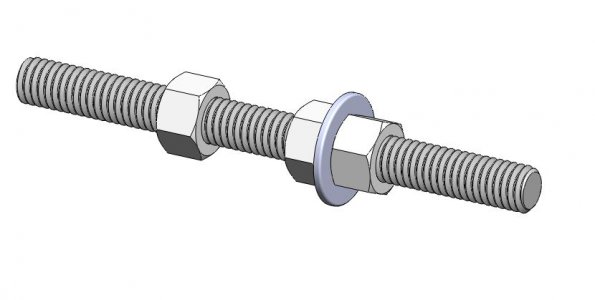. . . I decided to turn the hex edges off about 2/3rds of the coupling to leave a shoulder to grab the front of the jaws and stop any slip back. Nice I thought just as Murphy came in and sat down.
Take my first cut on the new improved method and the stud turns in the coupling and advances into the tool bit! Goodbye carbide tool bit. So I put a 5/16 nut on the back of the "hex" thinking that would lock it . Nope, bye bye 2nd carbide tool bit.
So I said F it and ordered a brass coupling nut and a couple new tool bits from McMaster. Two questions
1. why did the thread unspool after I turned the hex off the back half? can't figure that out.
2. On the coupling coming tomorrow -better to put two hex nuts behind it. or once again bisect the coupling ?
Regardless of the job I’ve had during my working career I was first and foremost a troubleshooter. When a problem develops my first question was usually, “What has changed?” After reading all 8 pages I don’t see that your first change, after which the problem developed, was ever addressed. When you turned down the OD and made the shoulder, the shoulder no longer had pressure on it from the chuck jaws. It became resistance to the remaining pressure exert by the jaws. That combined with the reduced area upon which the jaws pressed means that the grip on the workpiece is reduced. Maybe make a new threaded collet with a round part that contacts the full length of the jaws and a smaller shoulder, maybe only 1/4“-3/8” long. One slit plus two deep reliefs should give great grip. ER collets do well for this kind of work, too.
The smartest engineer you know needs to consult his textbooks. The information above regarding thread depth is much better than “3 turns.”



